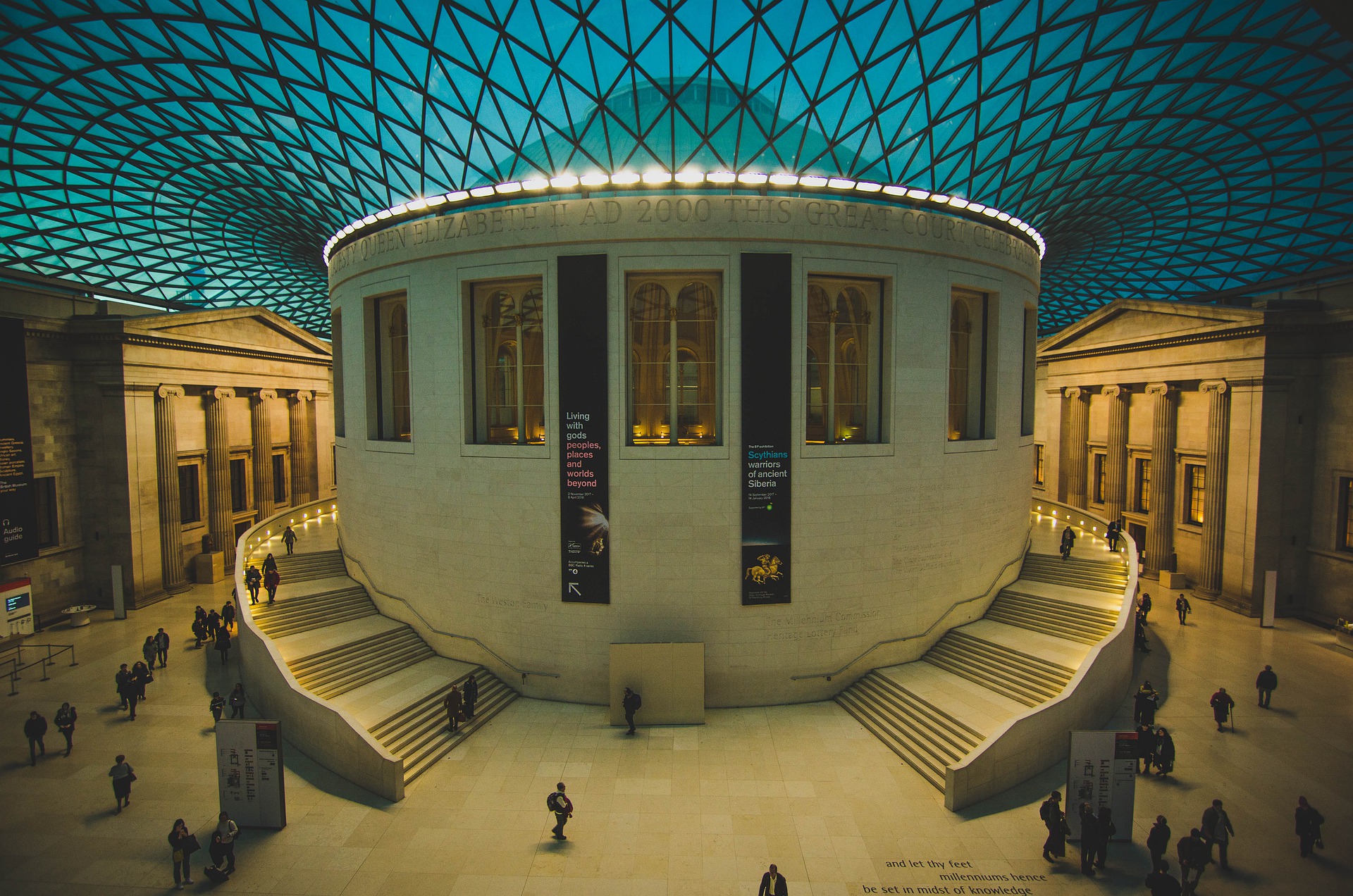At long last, the darkness of winter has receded and with it the miserable cold and biting rain. Spring in London especially a mild and early one like we are experiencing in 2022 brings with it ample sunshine, longer days, and cooling breezes. In this post, I will be advocating for LSE students from all levels to get outside and enjoy the nice weather and I will be making some recommendations as to where and how.
First of all, let’s answer why you should get outside. Surely there are papers to write, books to read and classes to attend. That is all true, but each of those is an activity that builds on your stress and makes it harder and harder for you to function. First and foremost, getting outside in the fresh air even for an hour a day is a form of self-care and mental as well as physical wellness. University might be thought of by some as a non-stop party, but we know that it can be a deeply stressful experience at all levels whether it’s undergrad, master’s or PhD. Mental wellness and self-care are important. Getting outside in the sunshine can help you feel refreshed, take away stress and just the simple act of walking thirty minutes a day can significantly improve your health. Especially if your study/paper writing diet is anything like mine: crisp, candy and way, way too much caffeine.
So now that we agree that getting out for a bit is good for you. Where to go? Well, that is the good news. London is actually one of the greenest cities in the world. LSE is in close proximity to three of the largest and most beautiful parks in the world and a host of smaller parks.
First, there is our own Lincoln’s Inn Fields. Acquired by the London County Council in 1895 this formerly private land is now a very lovely municipal park. It contains ample green space, tennis and netball courts and a walking track. When stuck in the library, doing a long hard slog of research or writing, I like to set time aside perhaps only a half-hour to go walk around the park. On nice days, it is full of LSE students and has no rules against responsible cooking. Making it a very good place to have a cookout or lie in the grass and soak up the sun.
If you are more inclined to wonder, though, there are six other parks in central and west London I can highly recommend. The furthest is Queen’s Park which is accessible via the Queen’s Park tube station. Located in a leafy residential area, the park is highly favoured by small children and even has a miniature zoo with goats, quail and turkeys. Be careful of the turkeys, they bite. It also has a small golf course, a cultivated garden, a running track and a nature centre. It’s a modest size park but worth the trip out.
Also a bit further out but more accessible due to it being on the central line is Holland Park. The former grounds of Holland House, the ruins of which can still be seen. The park is a beautiful retreat from the city most of it is heavily wooded with walking paths but it also hosts a large playing field, tennis courts and playgrounds for kids. Interestingly, Holland park is also home to a colony of peacocks that live in the park and can regularly be seen walking the grounds. Its close proximity to Kensington High Street and Shepard’s Bush also means that as day turns to night, it’s a nice place to wind down the day before a night on the town.
Far close to LSE but a bit more difficult to access unless you’re willing to take the overground or a longish bus ride is Hampstead Heath. An elevated section of rolling hills, the Heath is a wonderful place to walk with ponds, trails and a magnificent view of London from Parliament Hill. So called because you can easily see the Houses of Parliament from its summit.
By far the closest and most accessible major parks are the big three central parks of London. Regents Park, St James/Green Park and Hyde Park. Regents Park is the northern most and also contains the Zoological Society of London and the London Zoo. Admission is a bit steep, but membership is worth it as they guarantee free admission for a year and help to support a beautiful and growing centre of conservation. Regents Park as a whole is flat and open with several cultivated gardens a pleasant place to walk, picnic or bike ride.
St James/Green Park are technically two separate parks but are largely indistinguishable. Located adjacent to Buckingham Palace and Whitehall they are often crowded but a wonderful place to spend the afternoon if you are interested in the centre of the city.
Finally, there is Hyde Park – the largest park in West London. It has two large ponds, numerous playgrounds, long walking and cycling trails and even has horseback riding. The park is also a means to walk between central London and Kensington.
This list of parks is not exhaustive, not even close, but illustrates the wide array of outdoor recreation available in London. LSE students are well pressed to enjoy these amenities both for their own well being and to fully immerse themselves in the pleasures of living in London.





